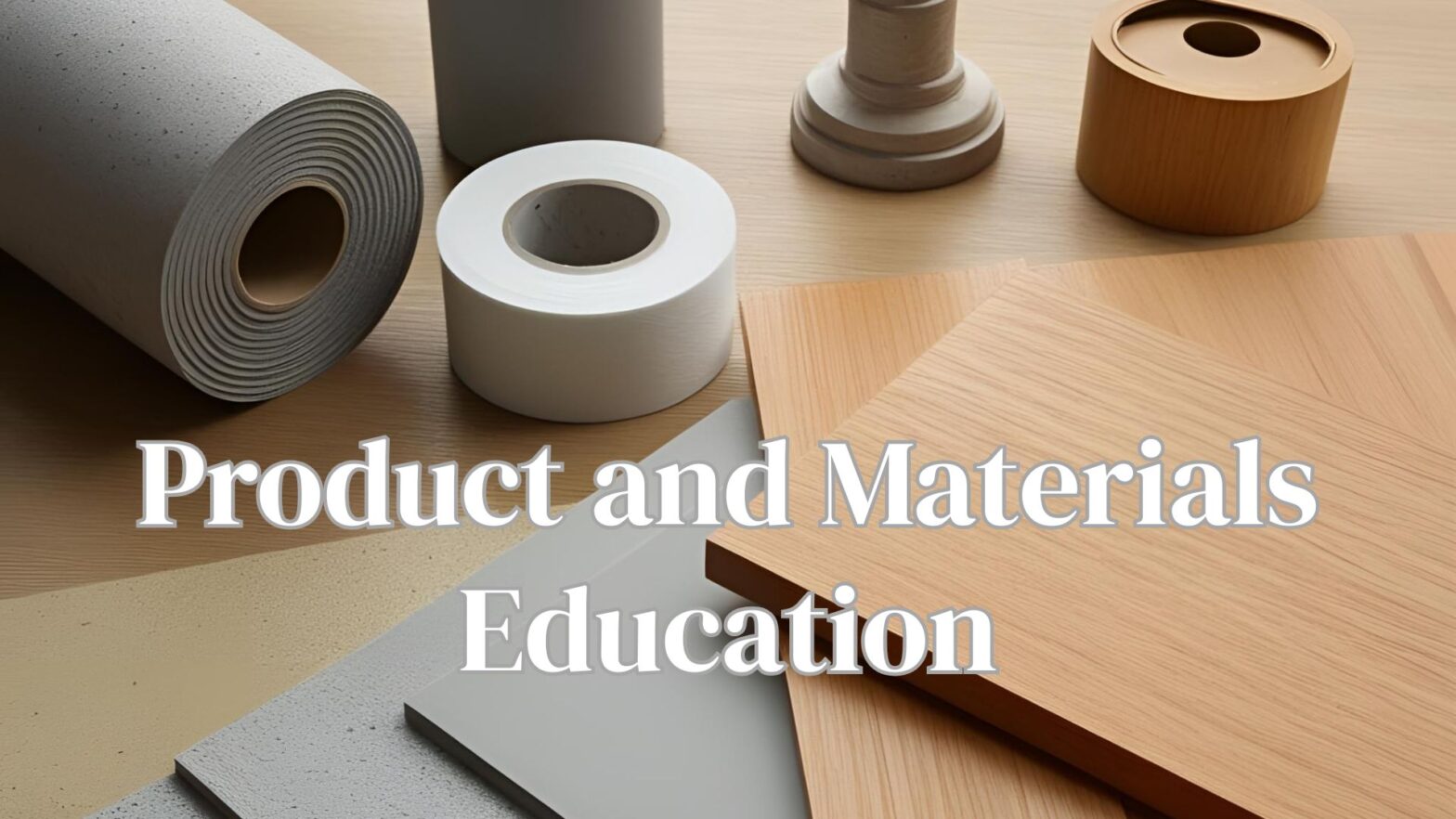Case Study: Successful Use of Fiber Cement Siding for Residential Homes in Construction
Fiber cement siding has gained significant traction in residential construction due to its durability, low maintenance, and aesthetic appeal. This case study explores the successful application of fiber cement siding in a residential housing project, highlighting the challenges, benefits, and long-term performance of this material.
Project Overview
A residential housing development in a region with extreme weather conditions—hot summers and cold winters—required an exterior siding material that could withstand temperature fluctuations, resist moisture, and provide an attractive finish. The developers opted for fiber cement siding due to its ability to replicate the look of traditional wood while offering superior resistance to environmental factors.
Challenges Faced in the Project
Weather Durability: The project was located in an area prone to high humidity, heavy rainfall, and occasional snow, requiring a siding material that would not warp, rot, or deteriorate over time.
Fire and Pest Resistance: The homes needed a material resistant to fire hazards and insect infestations, particularly termites.
Aesthetic Versatility: The homeowners desired a high-end finish that mimicked wood without the maintenance issues associated with real timber.
Installation Efficiency: The developers sought a solution that could be installed efficiently while maintaining structural integrity.
Solution: Implementing Fiber Cement Siding
Fiber cement siding was chosen as the primary exterior cladding material due to its outstanding performance in all key areas of concern. The implementation process involved the following steps
Material Selection: A pre-finished fiber cement siding with a wood grain texture was selected to provide an authentic appearance while minimizing the need for post-installation painting.
Moisture Control Measures: A weather-resistant barrier was installed behind the siding to enhance water resistance and ensure longevity.
Fire-Resistant Installation: Given fiber cement’s non-combustible nature, it met local fire codes and improved the overall fire safety of the homes.
Precision Cutting and Fastening: Specialized tools were used for cutting and fastening the fiber cement panels, ensuring a smooth installation process without compromising structural stability.
Results and Long-Term Performance
Weather Resistance: The fiber cement siding withstood temperature extremes, heavy rain, and snow without showing signs of warping or deterioration.
Low Maintenance: Unlike wood, which requires frequent painting and sealing, the fiber cement siding retained its finish with minimal upkeep.
Increased Property Value: The homes experienced a boost in market value due to their durable and aesthetically pleasing exterior.
Energy Efficiency: Paired with proper insulation, the siding contributed to better temperature regulation, reducing heating and cooling costs for homeowners.
Conclusion
The use of fiber cement siding in this residential construction project proved to be a successful investment, offering long-lasting durability, low maintenance, and an attractive appearance. With its ability to withstand extreme weather conditions, resist fire and pests, and enhance curb appeal, fiber cement siding remains a top choice for homeowners and developers seeking a reliable exterior cladding solution.


